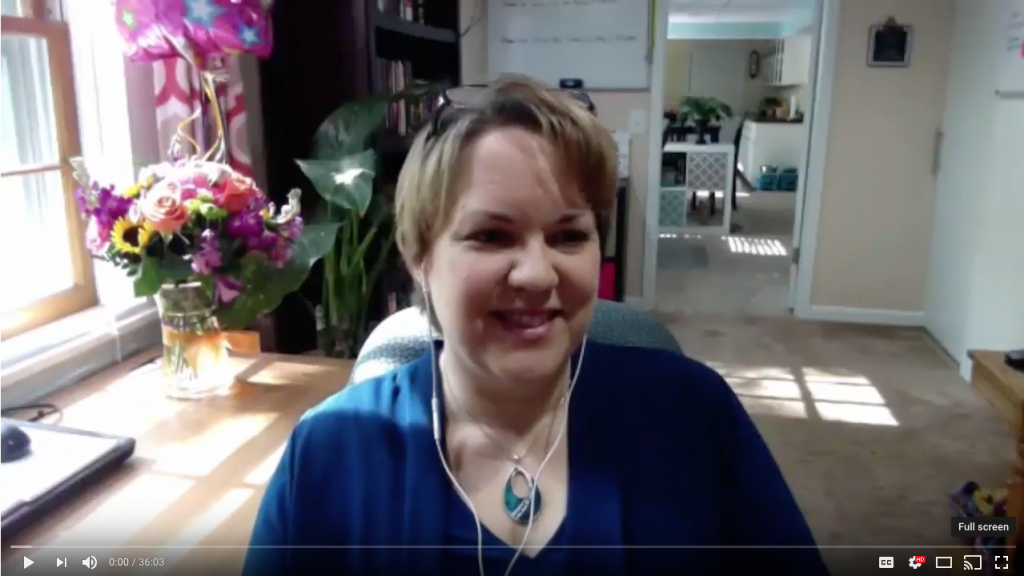Once, back when I had a day job, we were called into a company-wide meeting. There wasn’t space enough for all 150 or so employees to gather in a meeting room, so instead they assembled a small stage in the back corner of a warehouse, and we all stood around waiting to hear what was important enough for all the fuss.
The company representative got up on the stage and introduced himself, then said, “Can everyone hear me?”
One person, near the middle of the group, said, “No!”
To which the speaker responded, “Then move closer.”
He placed the burden on his listener to hear him, rather than on himself to be heard.
We sometimes do that as content creators. We expect our audience to come to us, to find us, to seek us out. We expect them to search for us, to subscribe, to remember to check the podcast feed or blog page, to open our emails.
We put the burden of listening on them, when we should be putting the burden of being heard on ourselves. We need to be better at amplifying our message.
The good news is, we can easily get help. Let’s get into it.
The Dream 100 List
I first heard of the Dream 100 List in Russel Brunson’s Traffic Secrets. The idea is simple: Identify at least 100 people who can amplify your brand. You’ll call on them to share links, invite you to their podcast, tag you on social media, ask you to keynote, or promote your products as an affiliate.

They might be:
- Podcasters
- Influencers
- Conference organizers
- Bloggers
- YouTubers
- Social content creators
- Organizations
- Authors
- And yes, even competitors
The only requirement? They must have an audience that closely matches yours. It won’t make sense to include Amy Porterfield, who teaches online marketing, if you have a fishing site. You might admire Amy, and there might be some overlap, but not enough to make it worth the effort.
There’s just one small problem with a “dream” 100 list though: It focuses on the wrong thing, the dream.
Think smaller for better results
When I mention this idea to colleagues and coaching clients, they’re often quick to list all the celebrity podcasts they can think of: Mel Robbins, Joe Rogan, Cal Newport, Pat Flynn.
Wouldn’t it be great to get in front of Mel’s audience? That’s dream-worthy for sure!
Here’s the problem with that. Pitching a guest appearance on Mel Robbins’ podcast, asking Marie Forleo to sign up for your affiliate program, or offering your new webinar to MindValley is going to frustrate you.
These are brands with serious gate keepers and an endless supply of potential guests and partners. If you haven’t perfected cold fusion or written a New York Times bestseller, it’s unlikely you’ll make it past the intern who’s charged with triaging email.

So what are up-and-coming content creators like us supposed to do?
We think smaller. We look for people with audience sizes that say Toyota, not Rolls Royce.
Instead of pitching a guest post idea to the National Organization of Women, offer it to the blogger you met last month in a Facebook group. Rather than applying to speak at Social Media Marketing World, look for local opportunities. For every Mel Robbins, there are many thousands of smaller, less competitive channels you can approach.
“But Cindy, that will take for.ev.er!”
Yeah? How long do you think it’s going to take to write that New York Times bestseller so you can get on Mel Robbins’ podcast?
I’ve noticed something recently. Maybe it’s just a human tendency, but what I hear most often is that people are looking for the big splash opportunities. They don’t want to add 10 people to their mailing list, they want to add 1,000, and all at once, please and thank you.
Meanwhile, they’re ignoring the potential for incremental (and even exponential) growth.
Laddering your way to the top
My kitchen has 12-foot ceilings, and I have to stand on the counter to clean above the cabinets. Maybe in another life, I could leap from the floor to the counter, but in this life, I need a ladder.

I need a ladder to reach bigger audiences, too. Thinking smaller isn’t about playing small or not believing in yourself, it’s about strategically building momentum, using one step to make getting to the next one easier.
Who are the people and channels and organizations who can (and will) help you get to the next step? That’s who you want to add to your “Dream 100” list.
Action steps for today
Here’s how to start your “Dream 100” list.
- Open up a new Excel spreadsheet or Google Sheet (I use Google Sheets).
- Create columns for name, website link, type of business, and any notes you want to include.
- Scour the internet. Find your amplifiers. List them here.
- For each person or channel, consider how it makes sense to work with them. For a podcaster, it’s an interview, for a non-profit, it might be a training webinar or a speaking opportunity. Make a note.

Once you have your list (and it will never be “done;” you’ll keep adding to it as long as you’re in business), begin reaching out to everyone. Offer your guest post. Pitch an interview. Apply to speak.
Spend time on this project every week, and you will see your audience begin to grow—slowly at first, but with consistency comes momentum.




